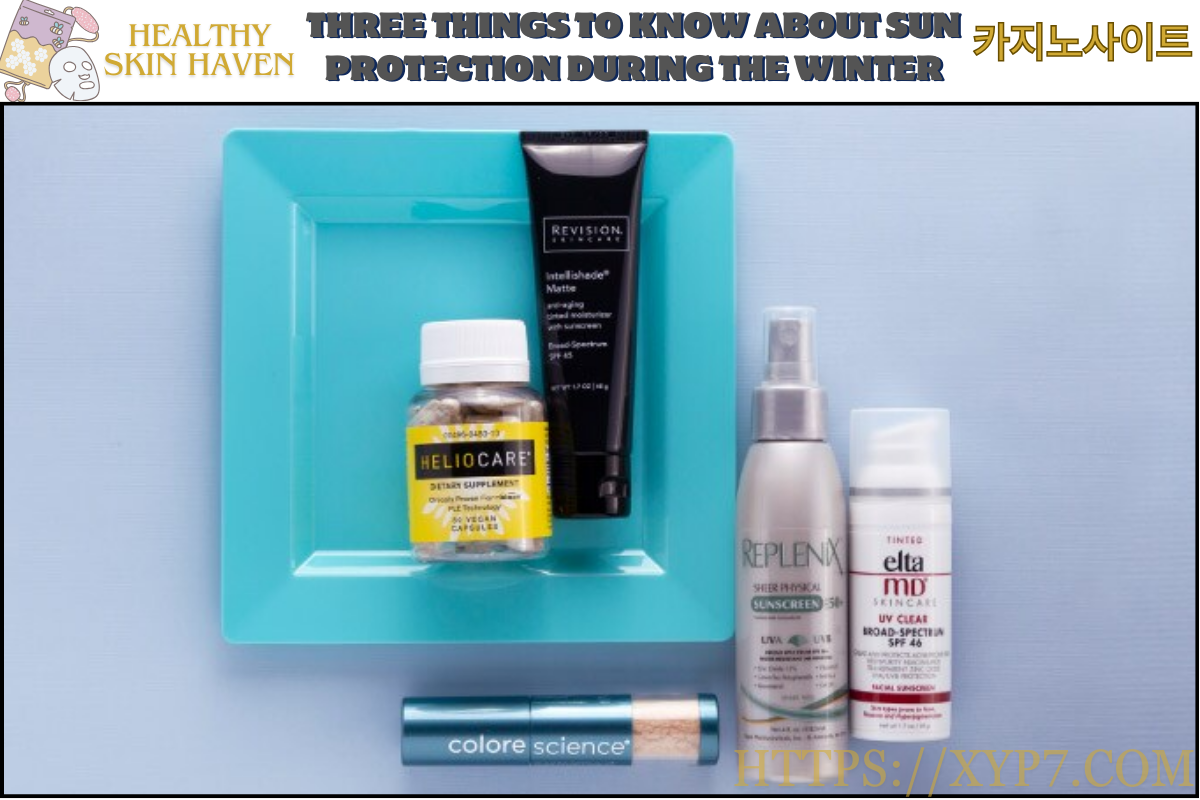Three Things to Know About Sun Protection During the Winter. You may think it’s time to stash the SPF for a warmer day when the days grow shorter and the weather drops. That being said, shielding your skin from the sun’s damaging rays is a year-round effort.
RELATED: Pros and Cons of Various Sunscreen Types

Why then should applying sunscreen be a part of your winter skincare regimen?
Snow Increases UV Ray Exposure
UV light is greatly reflected by snow. Whether you spend your weekends on the slopes or live there full time. It’s critical to recognize the effects that snow can have on your skin. Up to 80% of UVA rays are reflected by snow. Nearly tripling the amount of UVA rays that reach your skin. After just a few hours outside, your skin could become burnt and irritated if sunscreen isn’t applied correctly. It’s advised to use sunscreen in the morning and to reapply as needed during the day to prevent burns or damage.
The atmosphere gets thinner as elevation increases.
Snow isn’t the only reason to shield your skin from the sun if you do intend to spend the winter in the mountains. It’s crucial to remember that UV levels rise by about 4% for every 1000 feet as you ride the ski lift. This exposes you to more sun than any day at the beach, believe it or not!
Inside, the Sun Can Still Reach You
You shouldn’t let the early sunsets in the wintertime make you worry-free. Fifty to sixty percent of UVA rays can pass through glass. Whether you are sitting near a window or driving your automobile. UVA rays promote advanced photoaging and can exacerbate wrinkles or sunspots, whereas UVB rays produce sunburn.
What Is Your Ideal Sunscreen?
There are several sunscreen options available on the market; the best one for you is the one you use. With some of our top winter sunscreens, you can easily apply them with a brush and never worry about looking like a shady physical sunscreen 카지노사이트.
